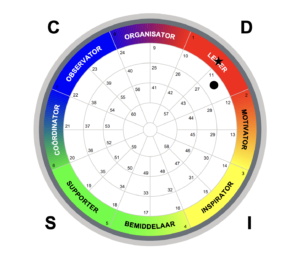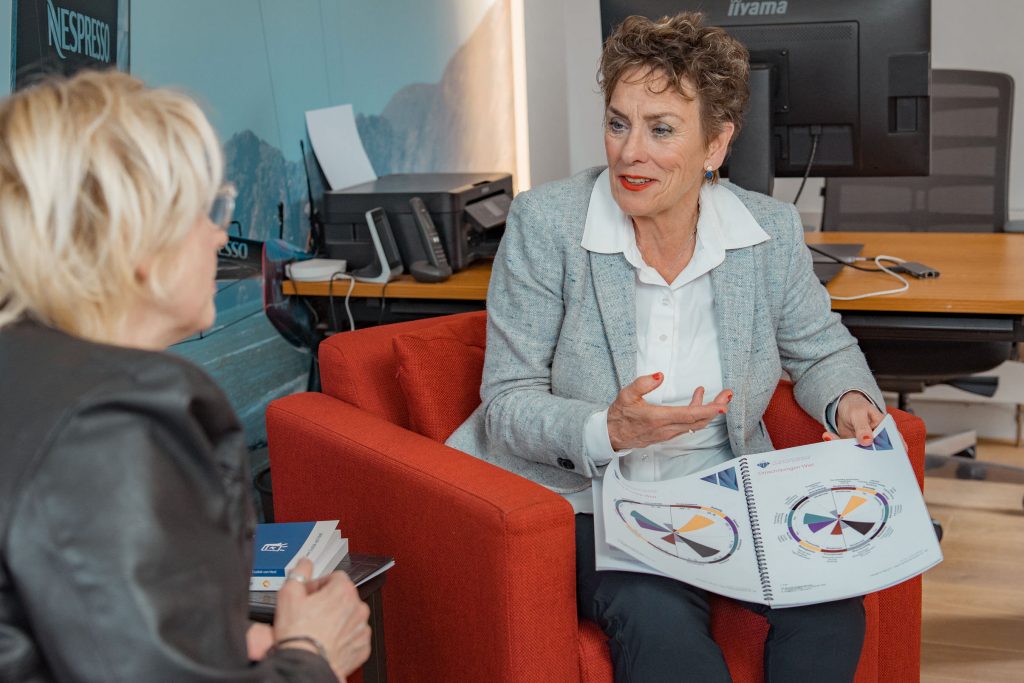In the world of fast-growing companies and dynamic teams, one thing is clear: the strength of an organization lies in its people. But how can you uncover hidden talents, especially when they aren’t immediately visible in everyday work?
This is where assessments play a crucial role. They not only identify behavior and motivations but also provide deep insight into a person’s emotional intelligence (EQ). These insights often hold the key to discovering untapped potential.
The powerful trio: behavior, motivations, and EQ
The assessments I use for executive teams and employees focus on three essential aspects: behavior, motivations, and emotional intelligence. Together, they form a powerful combination that helps identify hidden talent and improve dynamics and understanding within a team.
1. Behavior: Behavioral assessments, such as DISC, reveal natural communication and work styles. Is someone direct and goal-oriented, or more thoughtful and process-driven? This insight not only helps in adapting collaboration but also uncovers unexpected strengths. Sometimes, a person with a quiet, reflective style turns out to be the most creative problem-solver.
2. Motivations: This aspect dives deeper into what drives someone. What gives you energy, and what drains it? Motivation assessments map these factors and can reveal surprising insights. For example, someone who thrives on helping others might excel in roles involving coaching or customer service, even if it’s not their current position.
3. EQ (Emotional Intelligence): Emotional intelligence is the ability to recognize, understand, and effectively use emotions – both in yourself and others. High EQ helps build strong relationships, manage conflict, and strengthen team cohesion. It can also reveal hidden leadership qualities in people who don’t naturally take the spotlight.

Impact on teams and organizations
When these three elements are clearly mapped out, it leads to a profound understanding of how a team functions. We can visualize this beautifully by combining the results of all respondents into a team analysis, which also provides a handy management report.
This insight goes beyond merely ‘knowing who is good at what.’ It fosters a culture of respect and appreciation for the differences between people.
An example:
I worked with two shareholders of an innovative scale-up. After years of collaboration, tensions began to arise. Through assessments, they discovered that these conflicts often stemmed from different motivations. While one was driven by innovation, the other focused on stability and risk management. We then explored how they could collaborate better by focusing on their shared strengths. These insights not only helped them accept their differences but also use them in their strategic decisions.
Discovering hidden talent
Some talents remain invisible until you use the right tools to uncover them. A person might not thrive in their current role, but an assessment can reveal that they have significant potential in another position. This can lead to a shift in responsibilities, boosting employee engagement and motivation while improving overall team performance.
Respect for differences
Assessments not only contribute to better mutual understanding but also lead to more respect for diversity within teams. By gaining insight into behavior, motivations, and EQ, opportunities for growth arise, both individually and collectively. It is this diversity that makes a team strong, as long as there is understanding and appreciation for different qualities.

Conclusion:
Assessments are not snapshots but powerful tools that help an organization unlock its full potential. By gaining insight into behavior, motivations, and emotional intelligence, hidden talents become visible, fostering a culture of respect and collaboration. This leads to not only better performance but also a more cohesive, resilient team that can tackle any challenge.
Want to see what an assessment looks like? Download an example here.






